Mites in the Dust
We are surrounded by mites in this world, there are a whole variety of these tiny little creatures living around us and we usually co-exist with them fine.
The most common mites to affect our dogs are:
- Dermodectic
- Sarcoptic
- Dust
In this issue we will concentrate on the common dust mite as a vet appointment is not always needed to get rid of dust mite allergies, although it’s important to know the differences in types of mites. More information on Dermodectic and Sarcoptic is at the end of this blog.
Mite Allergy
A mite allergy is not uncommon, and actually dust mites are one of the most common things to be allergic to.
As with most allergies if your dog has a weakened immune system, or there is an over population of mites in their environment then a reaction to mites can present.
About The Mite
Tiny, tiny little creatures approx. 0.2mm in size, they are part of the arachnid family (think spiders) and although they cannot fly they can become airborne by ventilation systems, vacuum cleaners and bad dusting practices.
Populations are made up of males, females, babies, dead bodies and faeces.
Adult males live for 4 weeks
Adult females for 8-10 weeks
Females produce eggs daily and these eggs take approx. 4 weeks to reach adulthood and so the cycle begins.
Mites thrive in humidity at 70% and over, and prefer temperatures of 21 deg (celsius) and higher.
Anywhere where there is dust and moisture there will be dust mites.
The Dust Mite Habitat
- Mattresses (particularly the seams)
- Bedding
- Pillows and cushions
- Upholstered furniture
- Carpets
- Curtains (particularly heavy material curtains)
- Soft toys
The Dust Mite Diet
If humans and/or pets live in your house you WILL have dust mites that’s because we feed them – Yes they live on the flakes of skin that us and our pets shed daily.
Symptoms Of An Allergy to Dust Mites
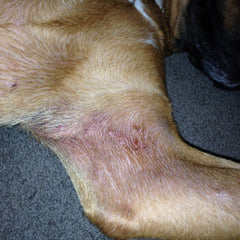
- Wheezing
- Sneezing
- Runny nose
- Swollen eyes
- Atopic dermatitis
Remember that when an allergy seems present it is not only the living mites they are reacting to – it is also the dead bodies and the remaining faeces. So you are not just trying to kill to reduce mites but you are also cleaning to remove the excess bits.
Plan Of Attack
Understanding the dust mite can help you reduce their populations.
- We know they like high humidity – so reduce the humidity by having a dehumidifier
- We know they like moisture – reduce moisture by airing items in the sun for 6-8 hours - reduce moisture by using a dryer for 30 minutes after the said items have dried in the sun
- Wash bedding regularly at temperatures above 54 degress (celsuis) – if dust mite allergies are a concern - do this weekly.
- Vacuum weekly - use a hepa filter on vacuums to stop the dust mites becoming airborne
- Vacuum curtains, carpets, mattresses – ensuring the seams of mattresses and beddings are carefully vacuumed as this is a favourite spot
- Empty the vacuum outside
Here’s a tip:
If your pet has a dust mite allergy then don’t vacuum with them in the house. Dust mites can become airborne for 20 minutes after vacuuming. Leave windows and doors open to clear the air.

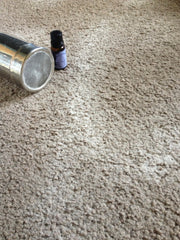
- Dust weekly - dust with a damp cloth to gather up all the dust and mites to stop them becoming airborne
- Wash soft toys regularly – dry in the sun or dryer (particularly important if your dog has that one toy they’ve had for years)
- Carpets can be cleaned using baking soda and a few drops of lavender oil. Sprinkle this mixture over your carpet – leave for 24 hours then vacuum off.
- Baking soda naturally reduces the moisture content harming their habitat. Being a deodoriser too, it keeps carpets nice and fresh
Other Mites:
Dermodectic and Sarcoptic mites can cause serious skin conditions if the mite populations are allowed to overwhelm and become out of balance. If you suspect Dermodectic or Sarcoptic then a vet appointment is needed to determine which type of mite is affecting your pet so the correct course of treatment can be prescribed.
We have dogs using Eezapet in conjunction with their prescribed vet treatments to help ease their skin and relieve their itching for both Dermodectic and Sarcoptic.
Dermodectic and Sarcoptic are often referred to as mange.
If you suspect either of these two see your vet immediately – sarcoptic is contagious whilst dermodectic is not but these serious conditions need vet treatment.
See how the SPCA used Eezapet to success for Morgan suffering with mange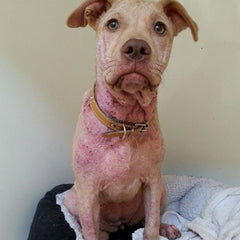
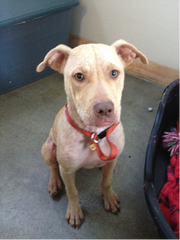
Give immediate relief and start the healing process by using Eezapet
Eezapet will relieve the itching and calm the skin. Breaking the itch/scratch cycle is important as dogs spread rashes by their constant licking, biting and scratching!
Eezapet keeps the rashes at bay and along with the knowledge of how to eliminate the allergens that are affecting your pet in the first place will help your dog live in a scratch-free world.
Join the thousands of other pets already using Eezapet and save yourself time, money and stress with an over the counter product that works.


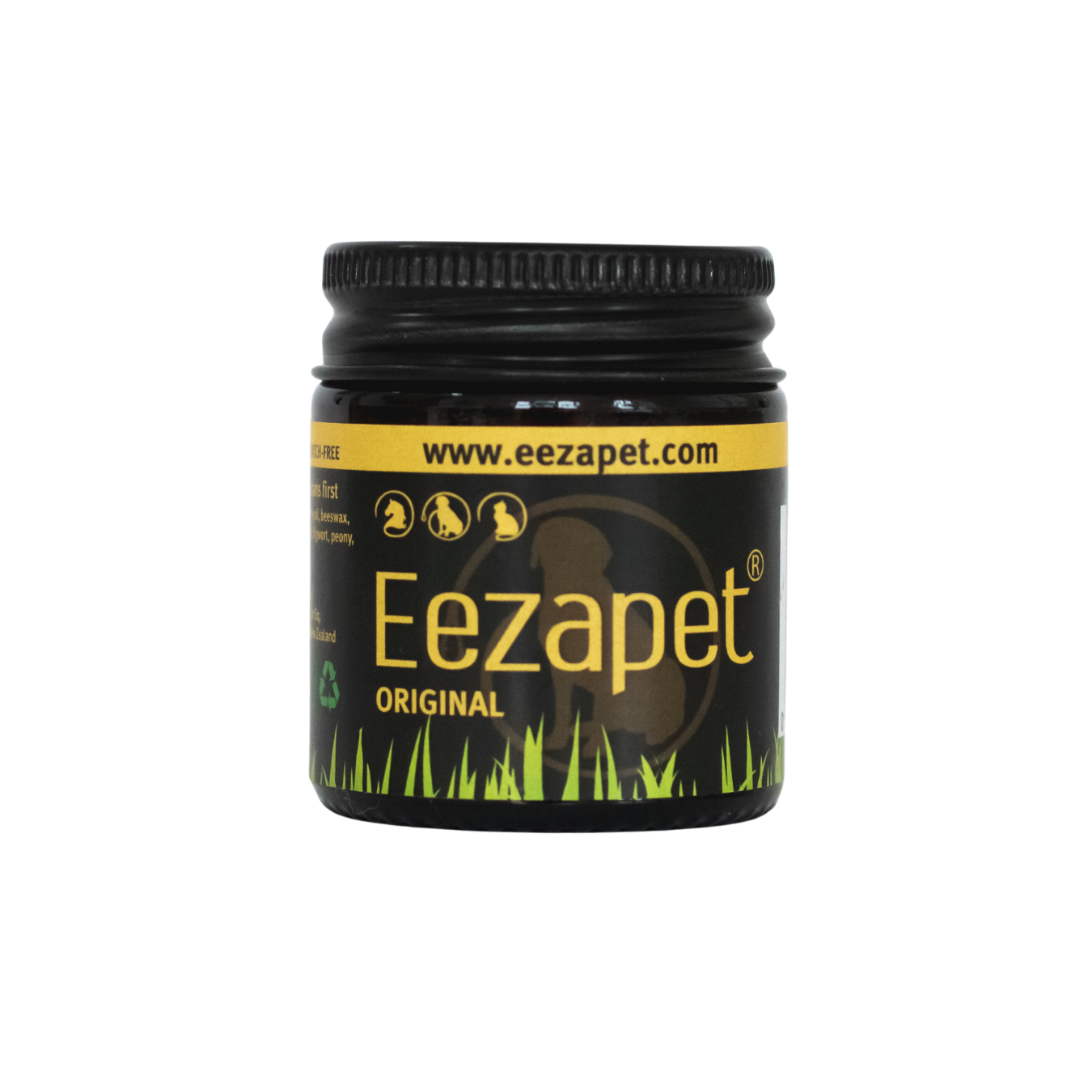



Leave a comment